Early Fall Silvopasture, Photo Credit: Brett Chedzoy
Overview
Silvopasture is an agroforestry system that intentionally combines trees, forage, and pastures to generate both livestock and forest products on the same unit of land. Silvopasture systems are diverse and varied and can be designed to meet farmers’ unique goals and complement existing and desired farm characteristics. Silvopasture can be incorporated into farm systems that have numerous types of land use, including open pastures, woodlands, and orchards. This brief focuses on pasture enrichment, which involves adding trees into existing pasture area and is eligible for federal cost-share programs. Silvopasture may also take other forms, such as forest thinning in which trees are thinned in uniform, patch, or irregular patterns, and pasture forage species are seeded. Converting an existing forest to silvopasture may involve natural resource concerns, so farmers interested in this option should consider trade-offs, ensure proper planning and design, and consult with silvopasture experts and foresters to ensure success and compliance with local regulations.
Silvopasture offers numerous climate change adaptation benefits that address challenges such as increased frequency and severity of weather extremes (i.e. drought, heat, and heavy rains). Pasture enrichment with trees provides shade and protection for livestock, may enhance carbon sequestration, and can improve water filtration and retention. Skilled and active management of enriched pastures together with sound livestock husbandry are essential to achieving a sustainable and successful silvopasture system. Experience with and knowledge of rotational grazing systems form a strong foundation for skilled management of silvopasture systems. Without proper management, farms using silvopasture may experience issues with soil degradation and compaction, decreased water retention and quality, and damage to tree roots, bark, and branches.
These visualizations are designed to help the viewer picture how the implementation of silvopasture appears in the context of a real New England farm. These images depict the different stages of practice implementation and help the viewer anticipate how silvopasture will appear over time and what implications it may have for the farm. To use these images, please request permission from Stephanie Hurley (stephanie.hurley@uvm.edu).
Slide to Implement Practice
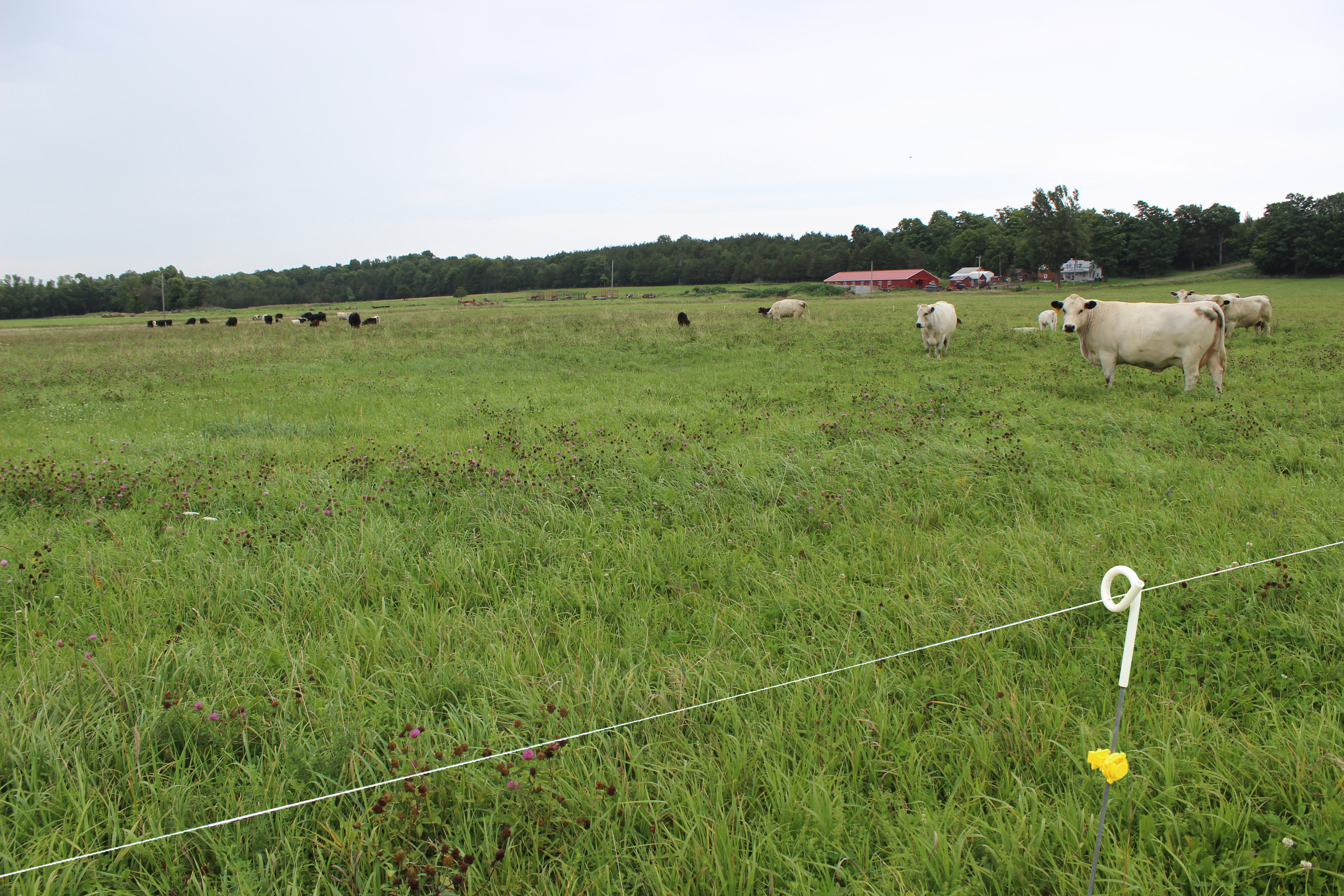
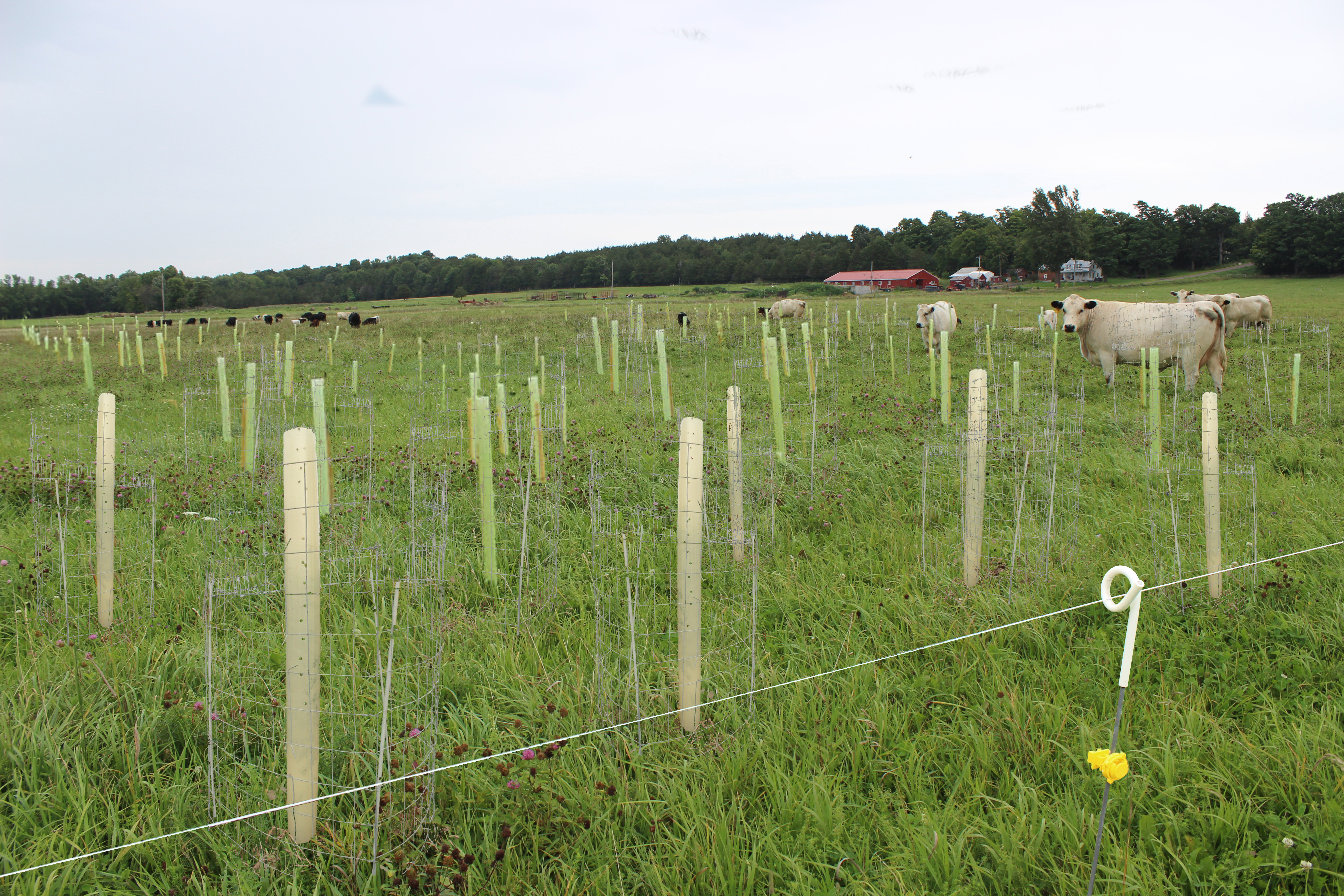
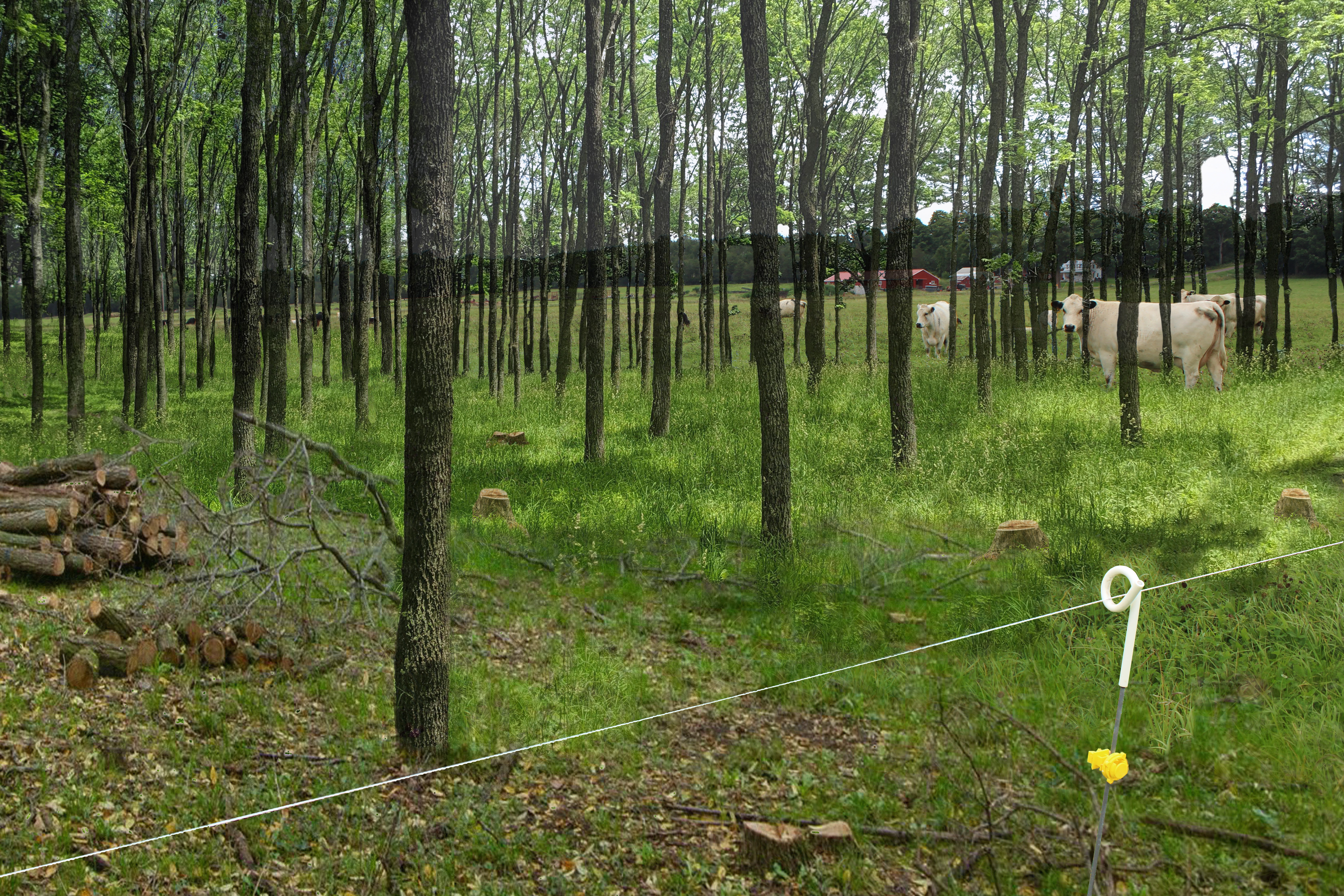
Stage 1: Cattle graze in a pasture on a New England farm. Livestock density is average for a small to medium size farm.
Stage 2: Trees intended for future timber harvest are planted at 17-21 basal density in the pasture. Example trees: Black Walnut.
Stage 3: Mature trees in the pasture 15-20 years after planting. Cattle graze among the trees, some of which are selectively harvested.
Slide to Implement Practice
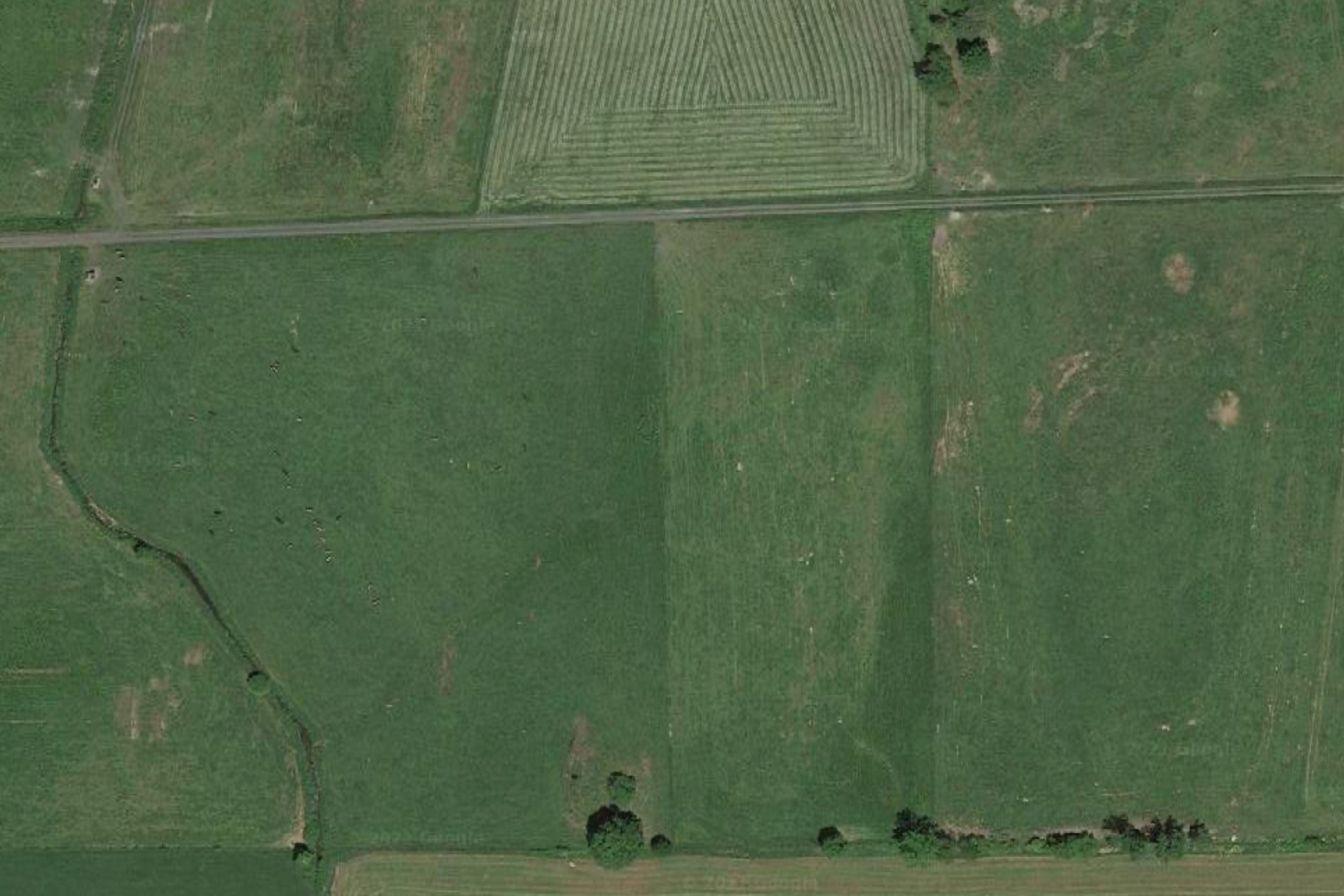
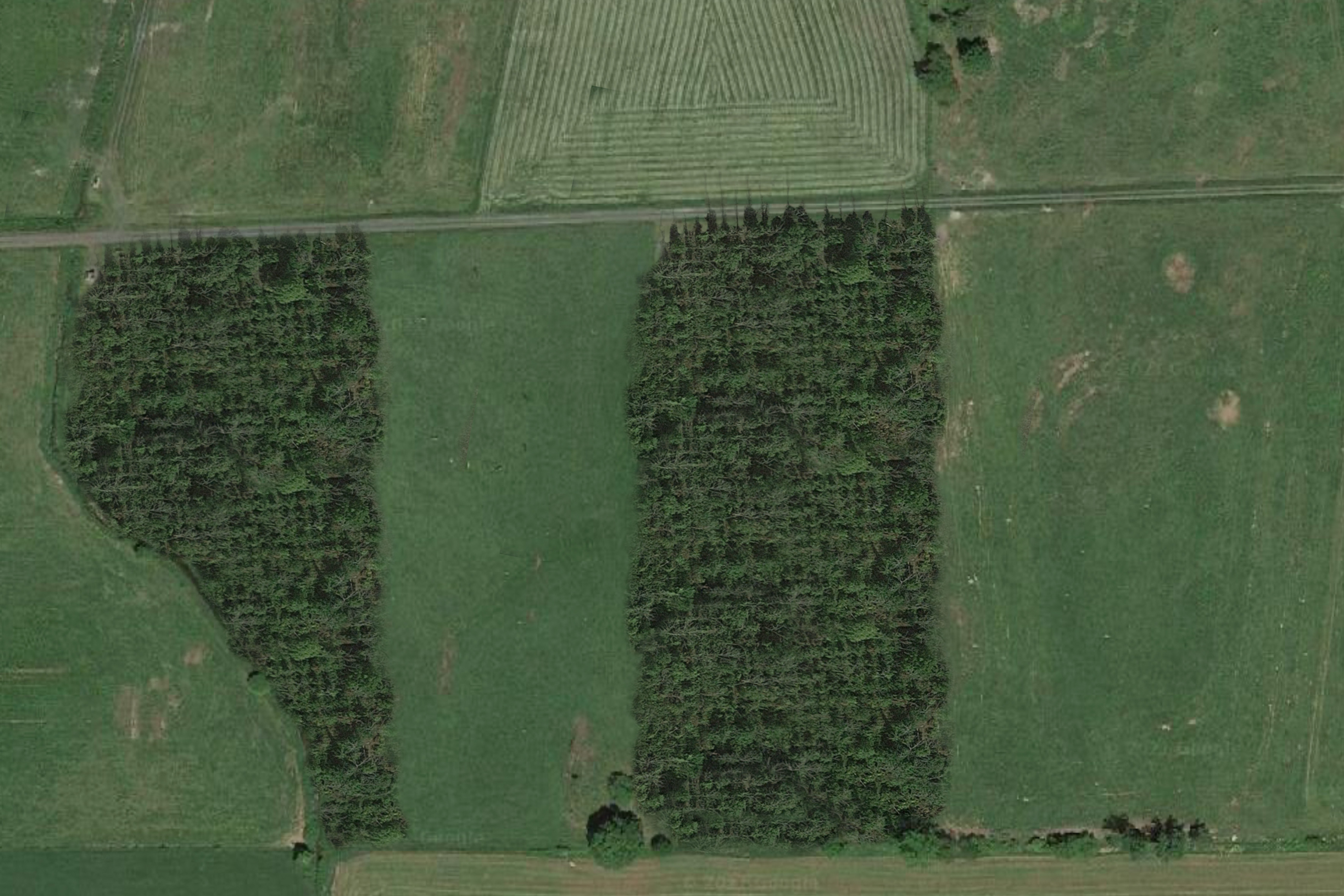
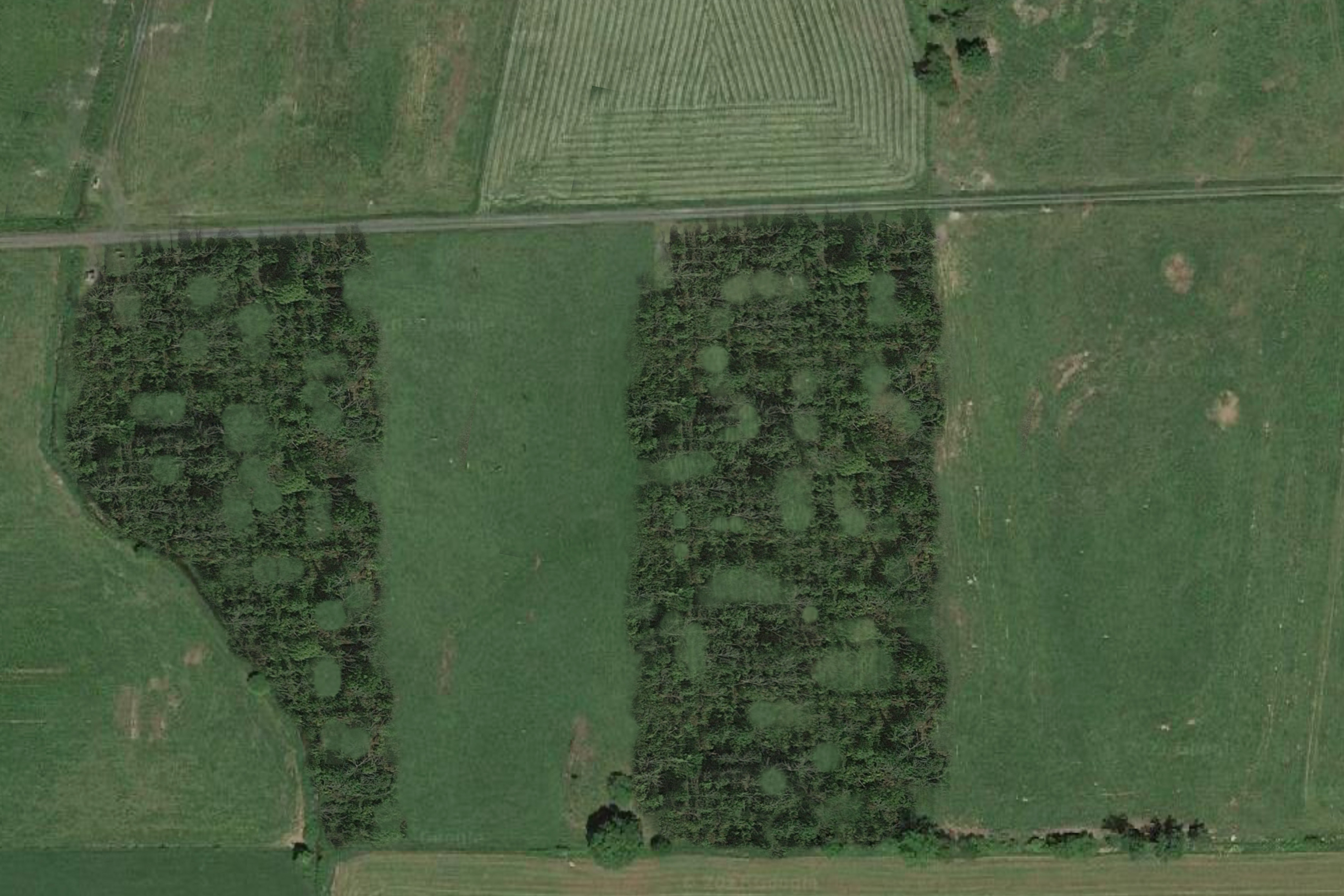
Stage 1: Aerial view of open pasture.
Stage 2: Mature timber trees of two ages: 30-40 year old and 10-15 year old trees.
Stage 3: Selective harvest of timber species in both fields.
Slide to Implement Practice
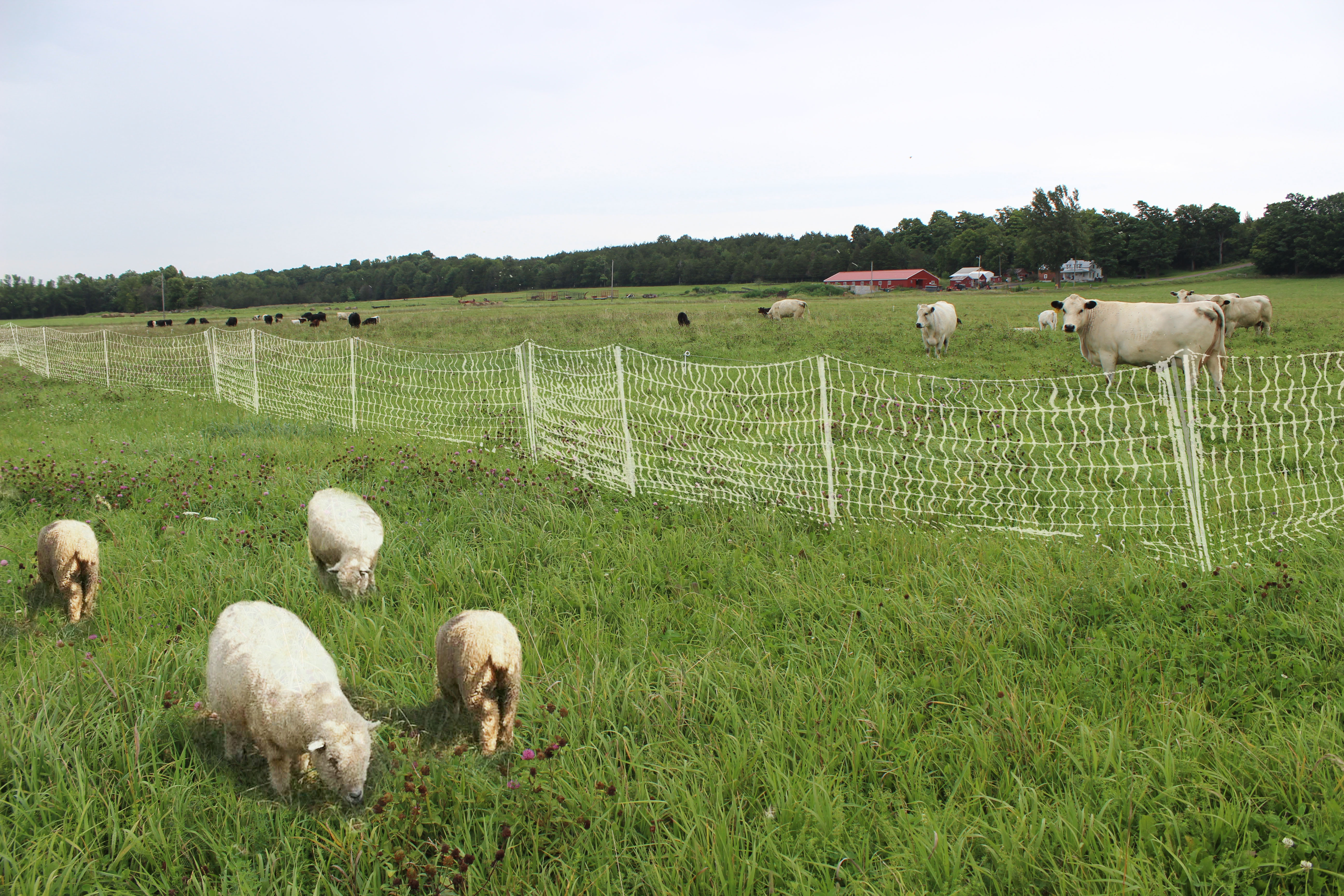
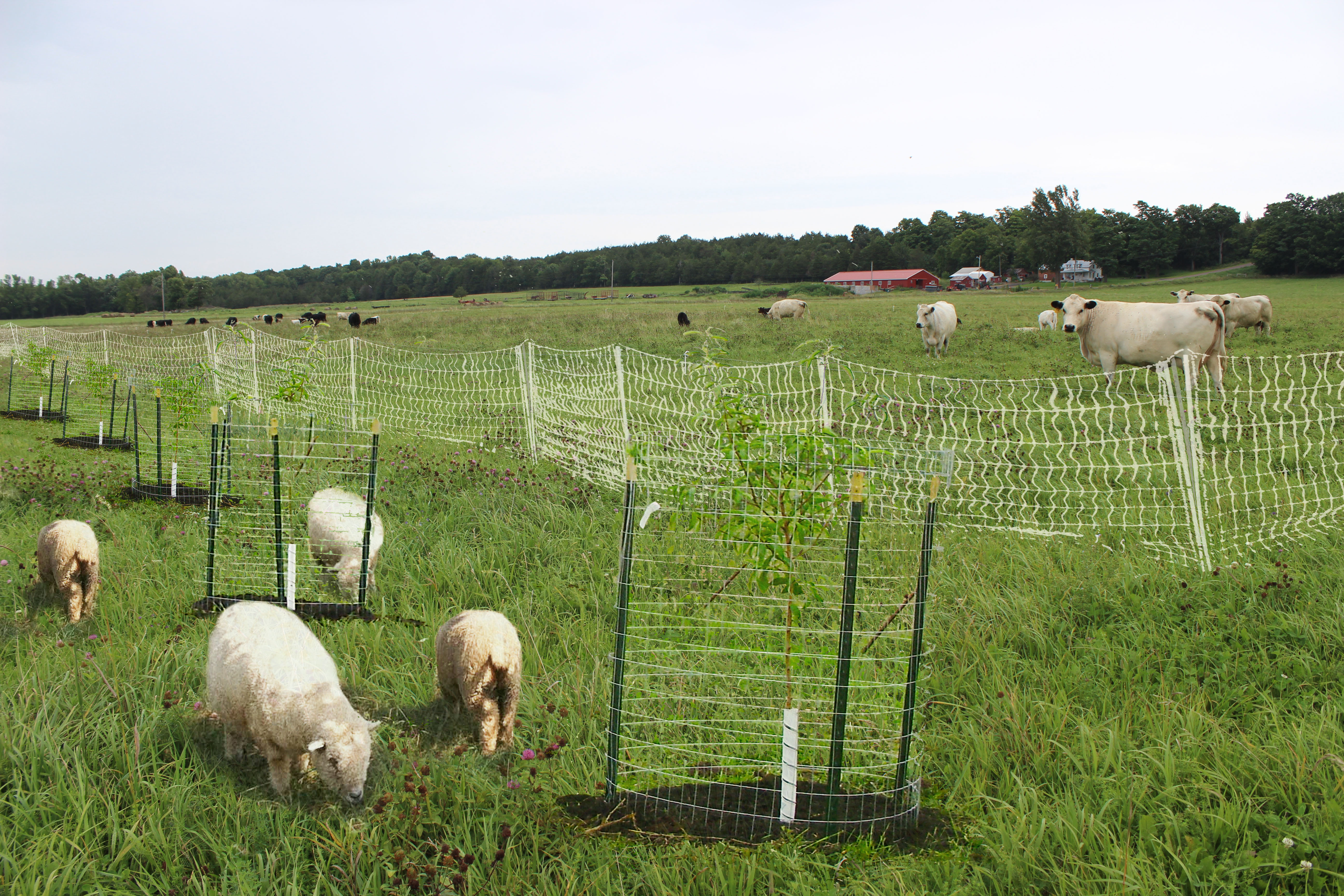
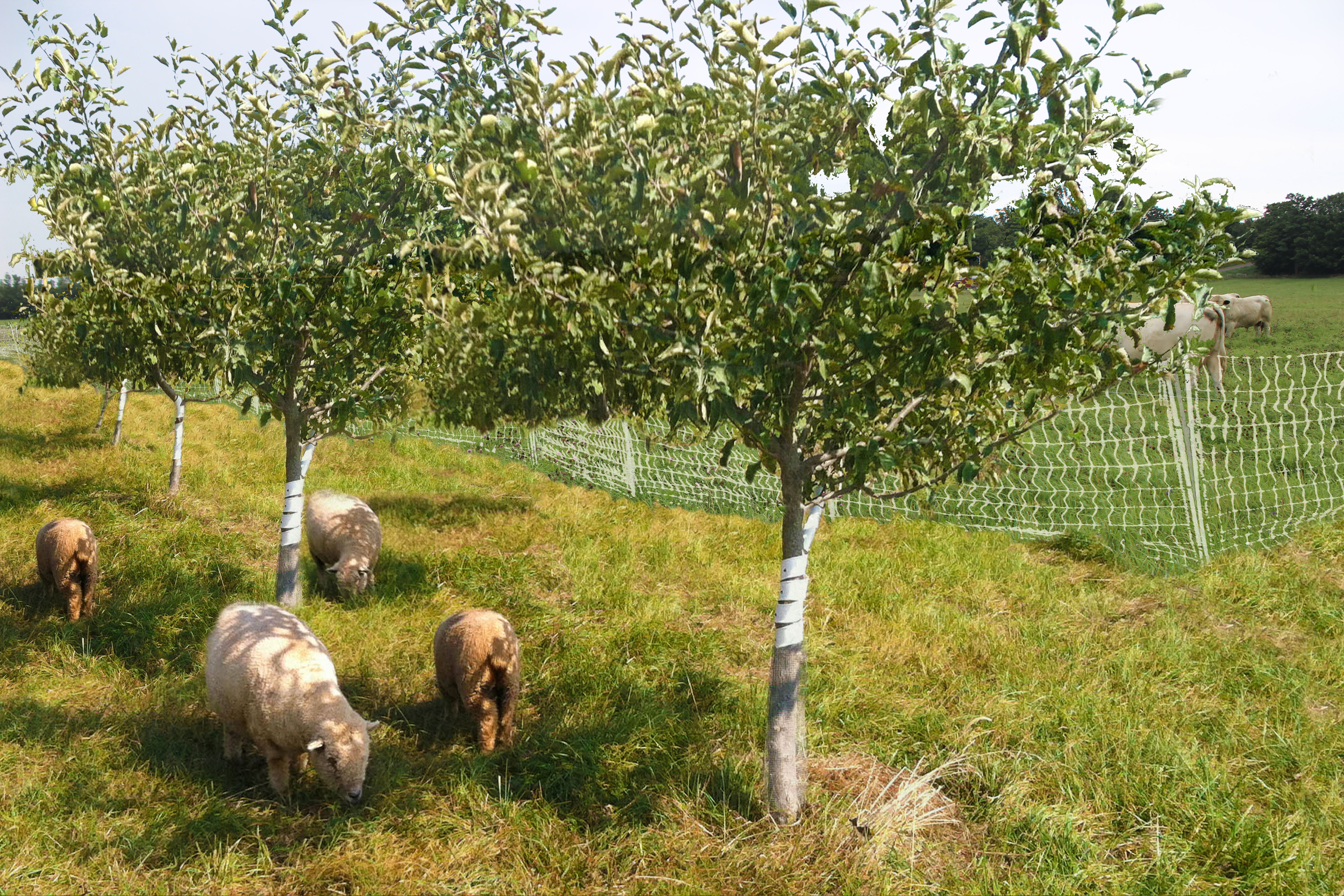
Stage 1: Sheep and cattle graze in adjacent pastures on a New England farm.
Stage 2: Apple saplings are planted 15-20 feet apart in the sheep pasture.
Stage 3: Mature apple trees in the pasture 5-15 years after planting.
Slide to Implement Practice
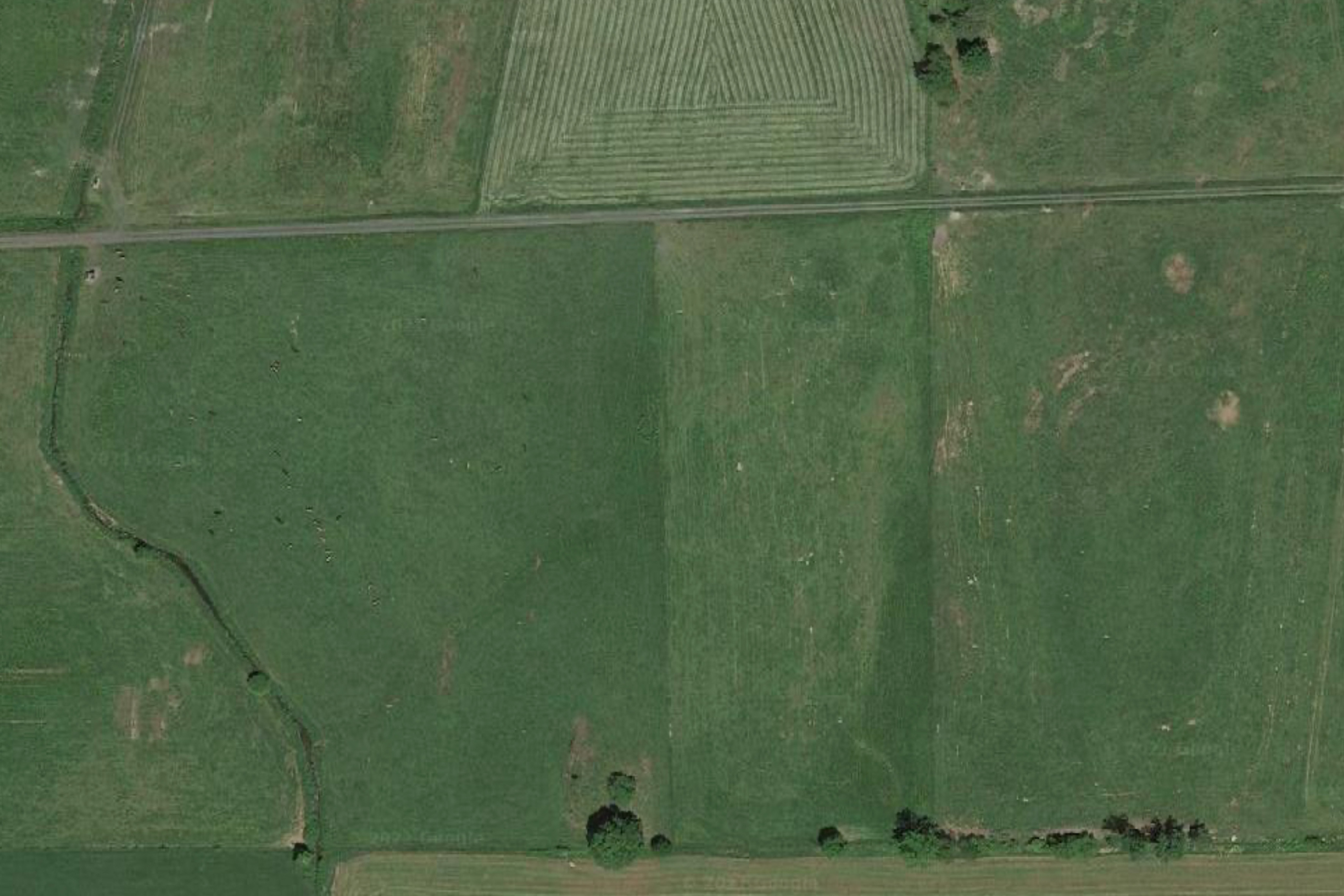
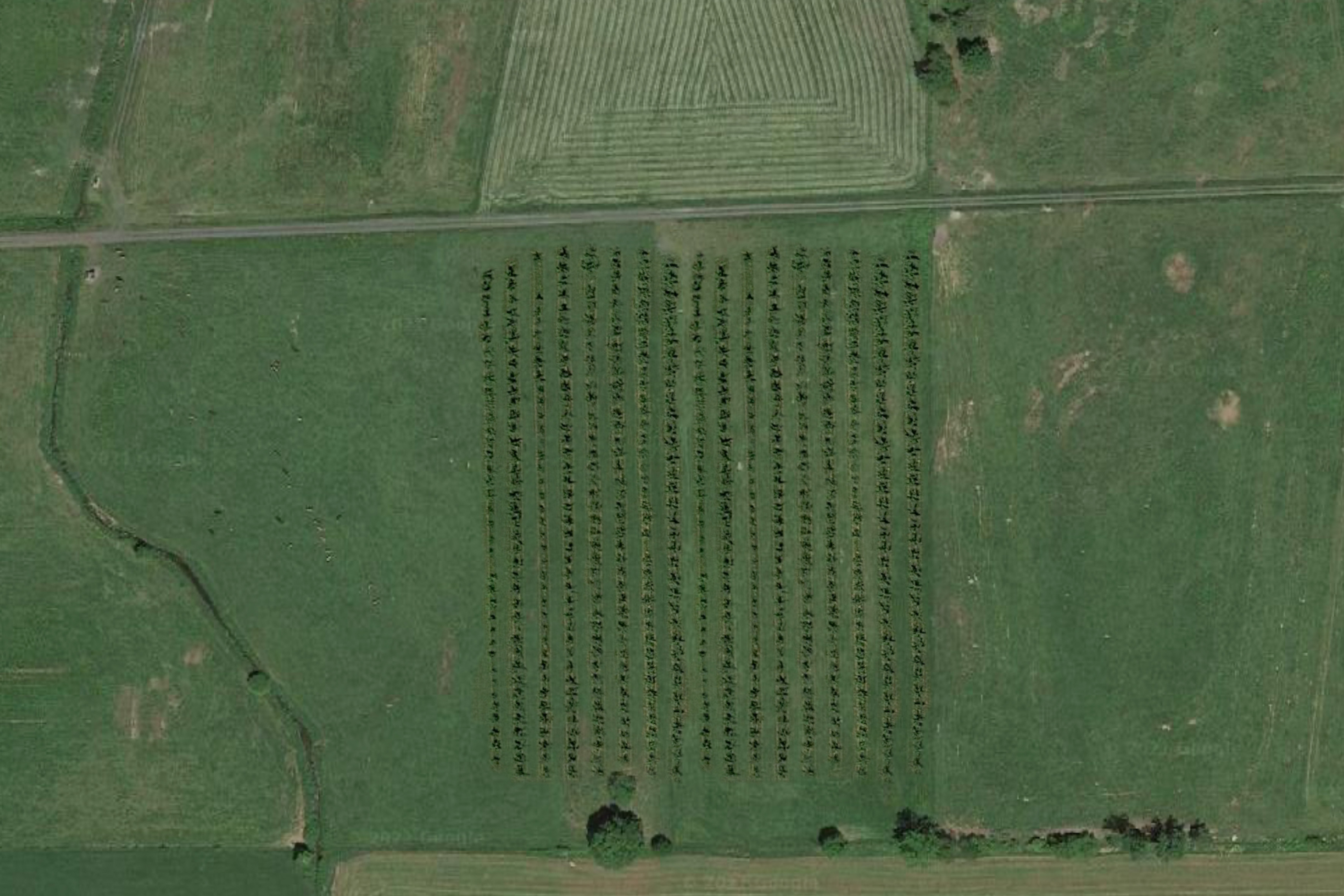
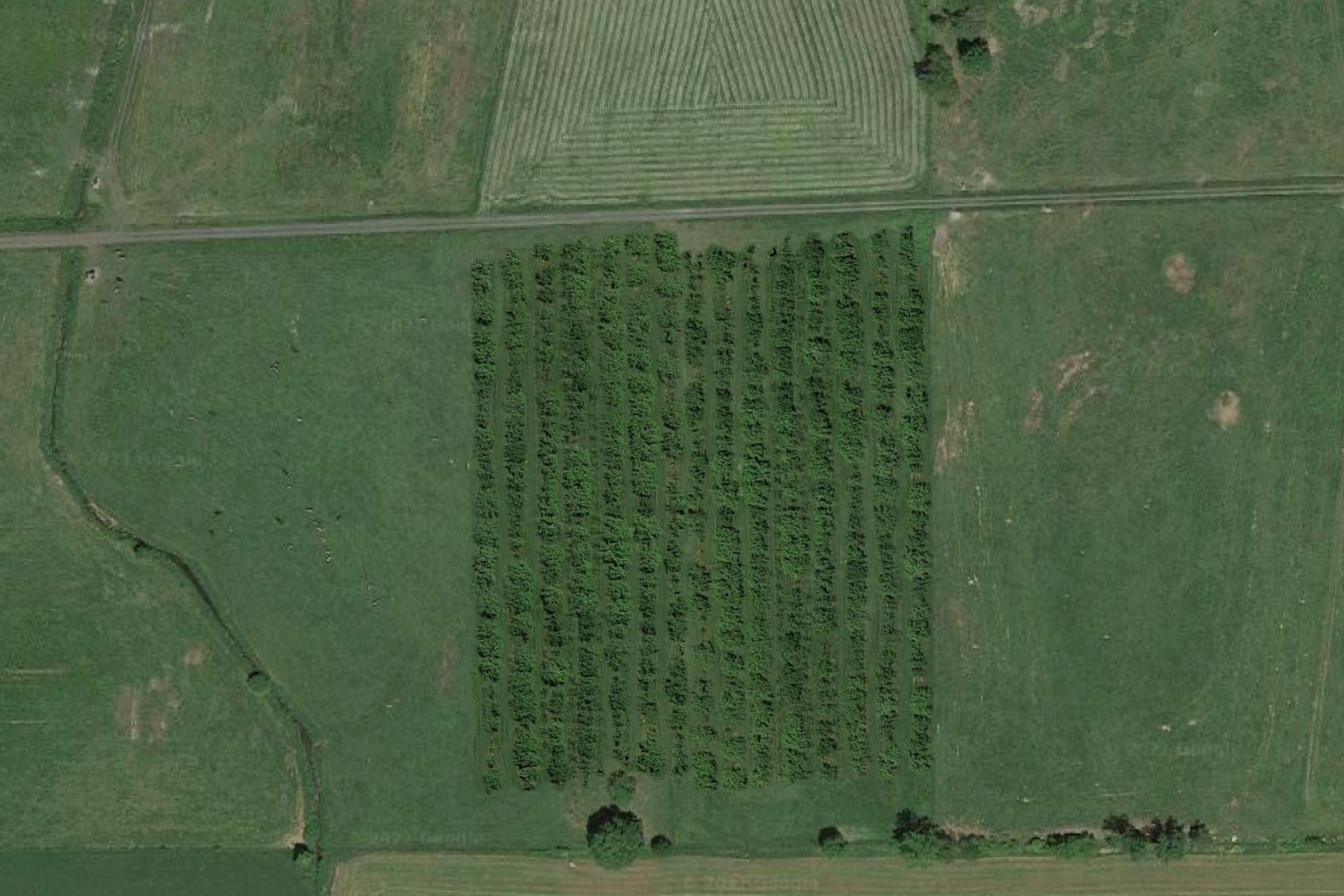
Stage 1: Aerial view of open pasture.
Stage 2: Young orchard crop, bearing some fruit after 2-3 years.
Stage 3: Mature orchard crop, consistently bearing fruit after 8-10 years.
Our team developed this economic tool to assist farmers and their advisors in understanding what the general costs, revenues and profits may be for a farm that implements different climate adaptation practices. A farmer or advisor can input farm-specific data using the estimator to generate a general understanding of many of the economic costs associated with implementation of a practice. Data for the various costs associated with a practice are detailed in a specific practice, as well as the costs considered. This tool should be considered a guide towards better understanding the range of costs for implementation across these practices, and should be used in conjunction with our other tools and technical advisors to better understand the specific opportunities and challenges for implementation on any given farm.
A comprehensive collection of silvopasture resources (including economic case studies, powerpoint presentations, workbooks, frameworks for silvopasture planning and implementation, guides, and factsheets) compiled by Cornell Cooperative Extension in the Department of Natural Resources
Working Trees Info: How Can Agroforestry Help Landowners Adapt to Increased Rain Intensity? (USDA National Agroforestry Center)
Working Trees Info: What Are Agroforestry’s Income Opportunities? (USDA National Agroforestry Center)
Agroforestry Notes: Forest Grazing, Silvopasture, and Turning Livestock into the Woods (USDA National Agroforestry Center, August 2014)
Agroforestry Notes: Silvopasture Water and Fencing Systems for Cattle (USDA National Agroforestry Center, February 2005)
Working Trees: How can agroforestry increase carbon sequestration? (USDA National Agroforestry Center, April 2021)
Association for Temperate Agroforestry (association promoting the wider adoption of agroforestry by landowners in temperate regions of North America)
Northeast/Mid-Atlantic Agroforestry (NEMA) Working Group (network of researchers, technical service providers, agency staff, farmers and producers focused on educating, promoting and implementing agroforestry systems in the region)
Silvopasture Ning Network (online forum and blog for silvopasture practitioners, advisors, and others)
Silvopasture in the USA: A systematic review of natural resource professional and producer-reported benefits, challenges, and management activities (Smith, M. M., Bentrup, G., Kellerman, T., MacFarland, K., Straight, R., Ameyaw, L., & Stein, S. 2022. Agriculture, Ecosystems & Environment, 326, 107818.)
Acknowledgements
Research Team:
Principal Investigator: Meredith Niles.
Co-Principal Investigators: Dr. Adam Daigneault, Dr. Nick Cheney, Dr. Joshua Faulkner, Dr. Eric Gallandt, Dr. Stephanie Hurley, Dr. Rachel Schattman.
Additional Team Members: Dr. Sonja Birthisel, Dr. Bradford Demarest, Tim Harrold, Beth Holtzman, Carolyn Hricko, Erin Lane, Ruthie Clements, Devon Johnson, Thomas Wentworth.
We thank the following contributors for their expert review of the agricultural practice materials and website:
Juan P. Alvez, Ph.D., Research Associate Faculty, University of Vermont Extension, Center for Sustainable Agriculture
Brett Chedzoy, Senior Resource Educator, Cornell Cooperative Extension of Schuyler County
Kate MacFarland, Agroforester, USDA National Agroforestry Center
Joe Orefice, PhD, Lecturer and Director of Forest & Agricultural Operations, The Forest School at Yale School of the Environment
Visualization design
and creation
Holly Greenleaf, Greenleaf Design LLC
